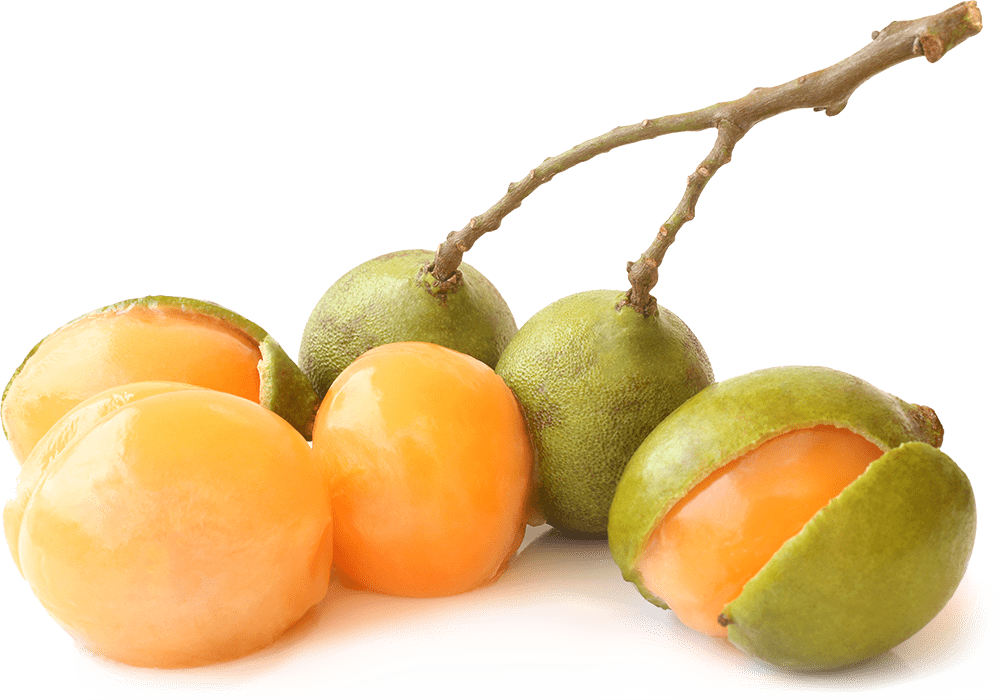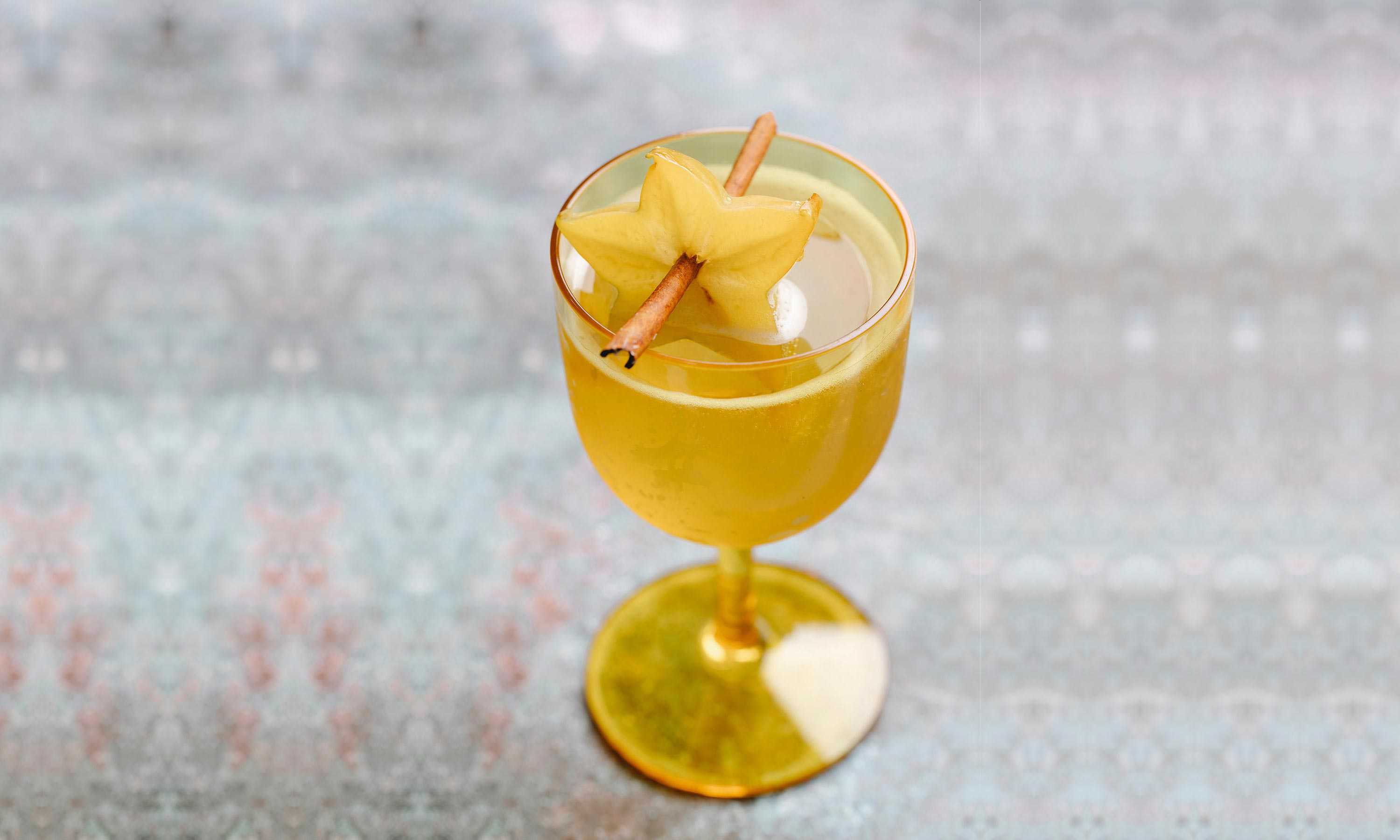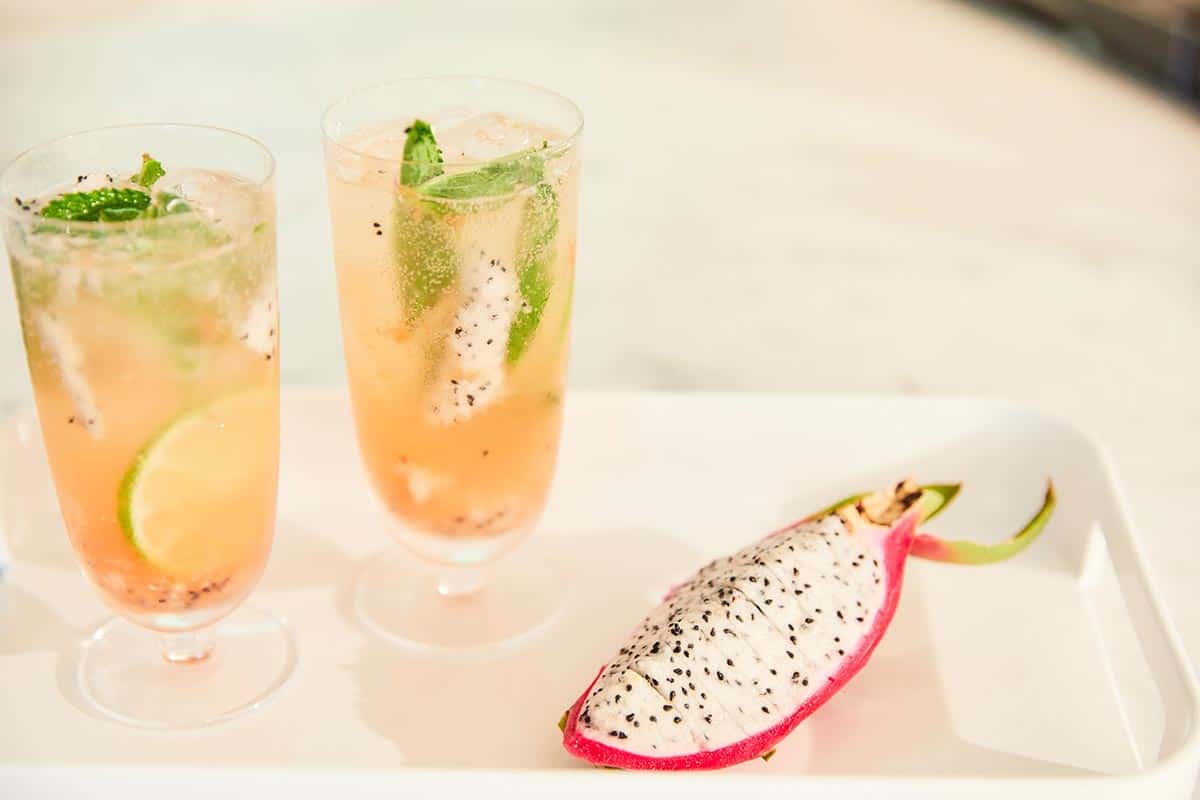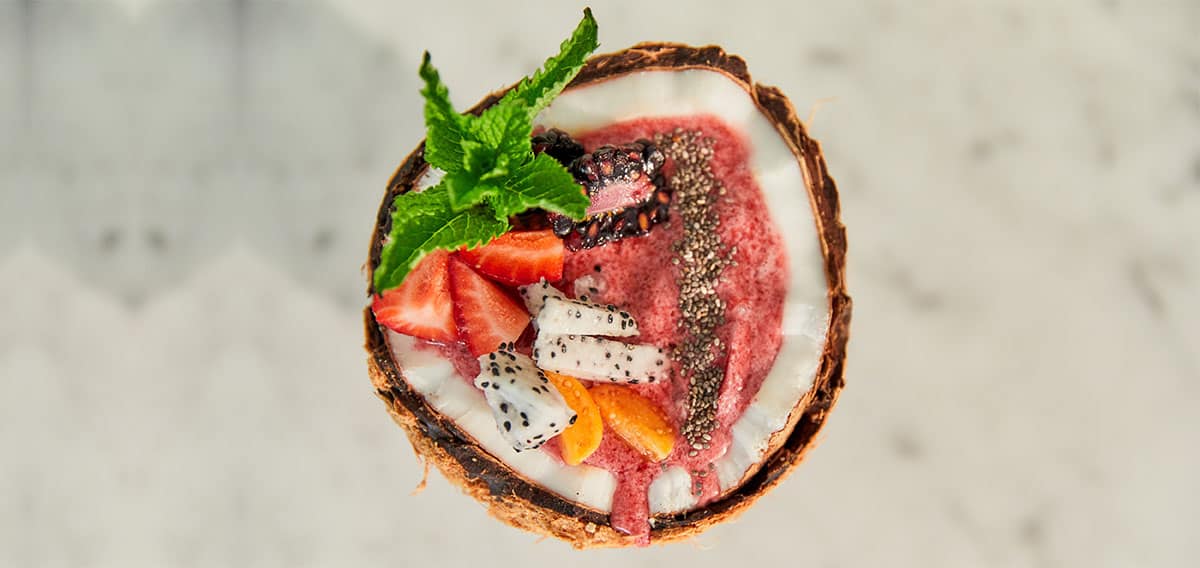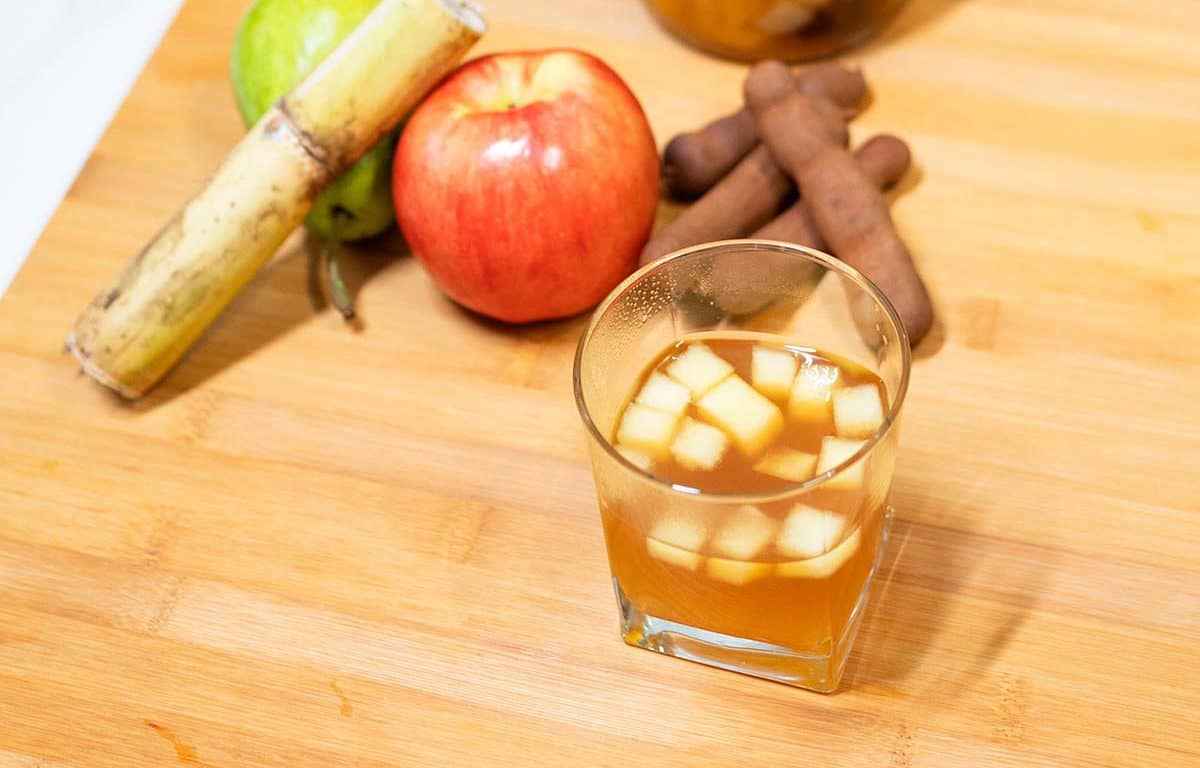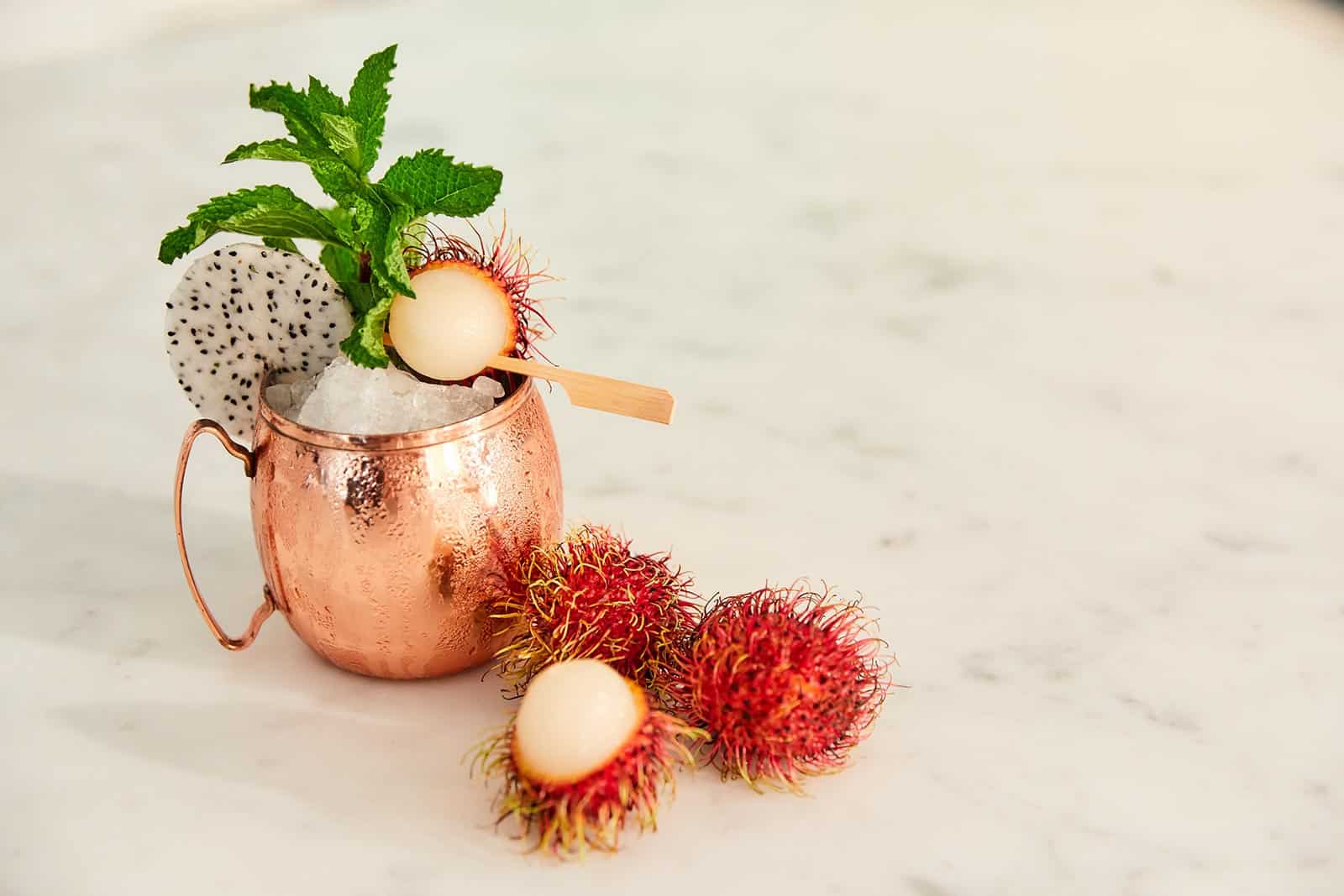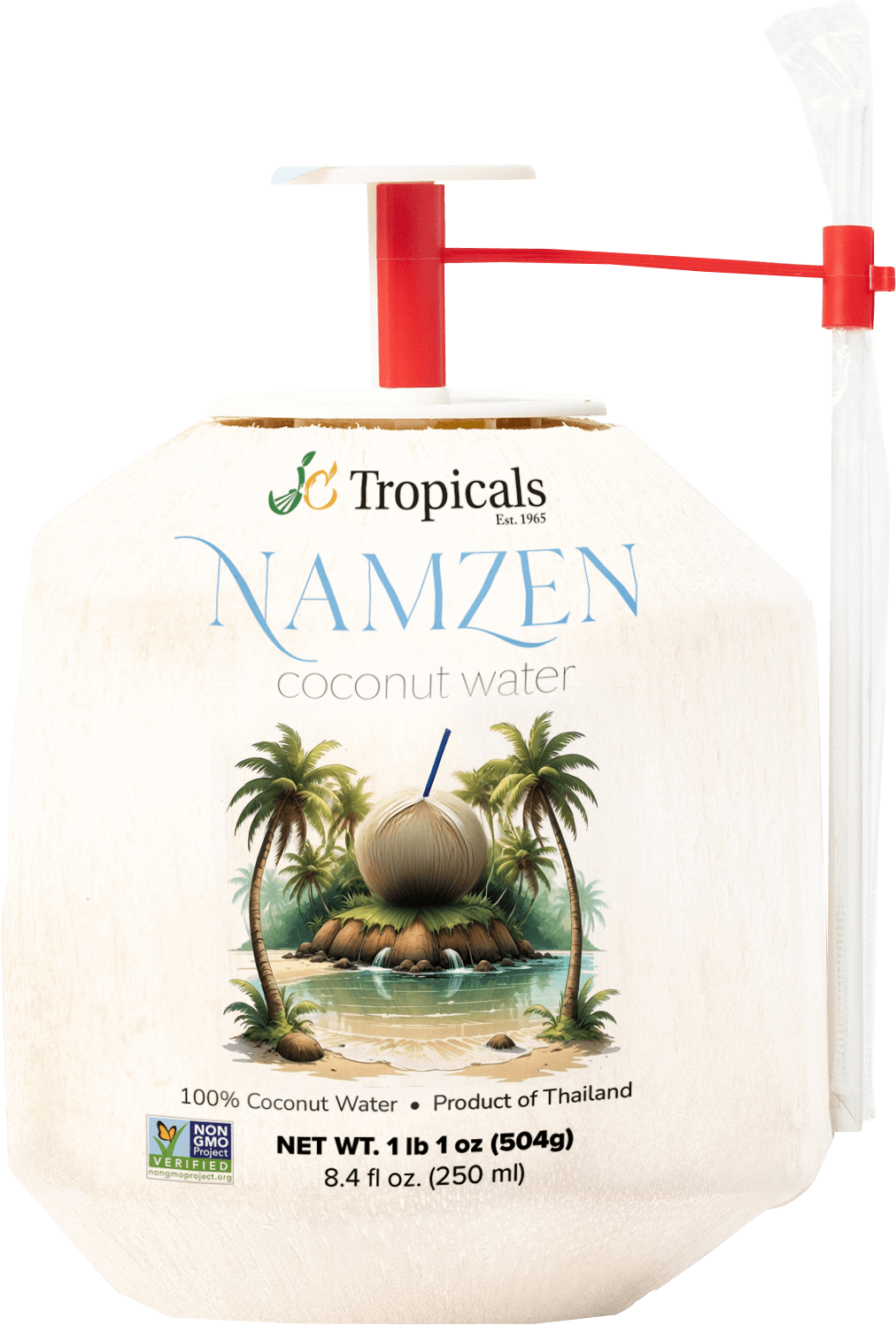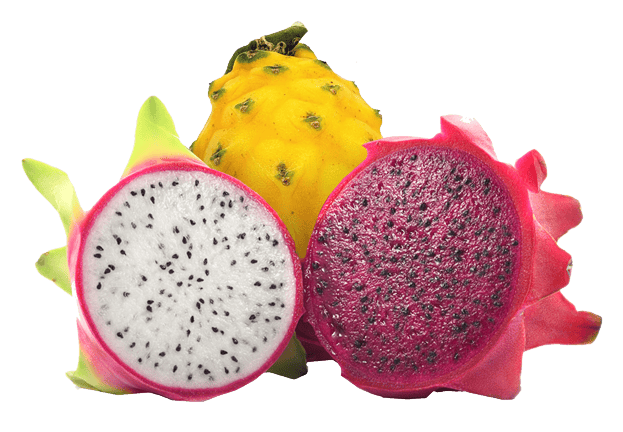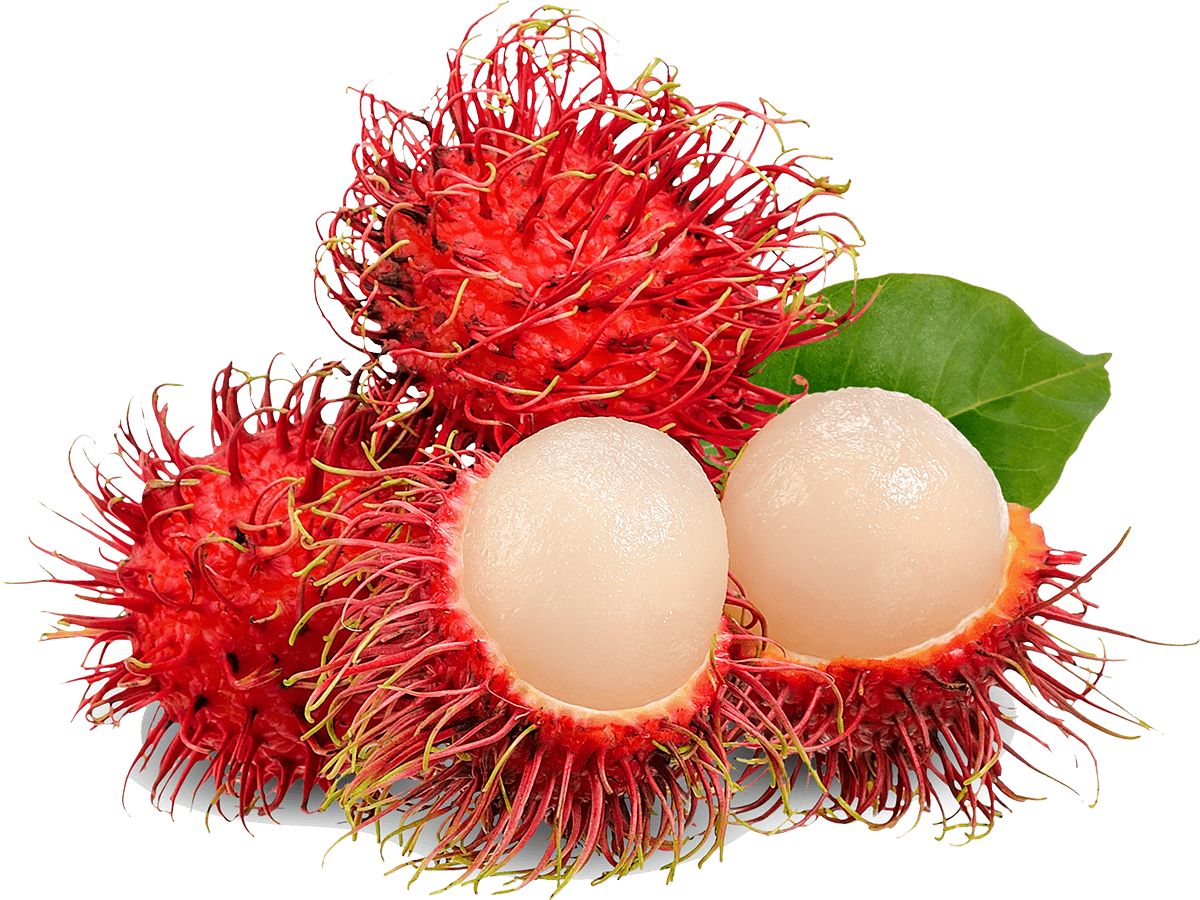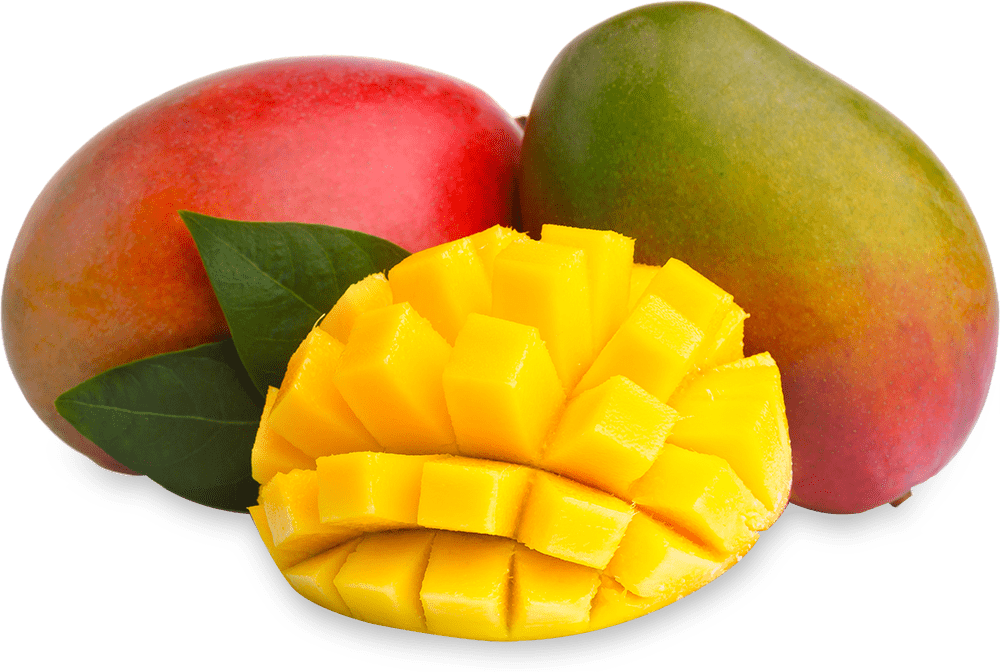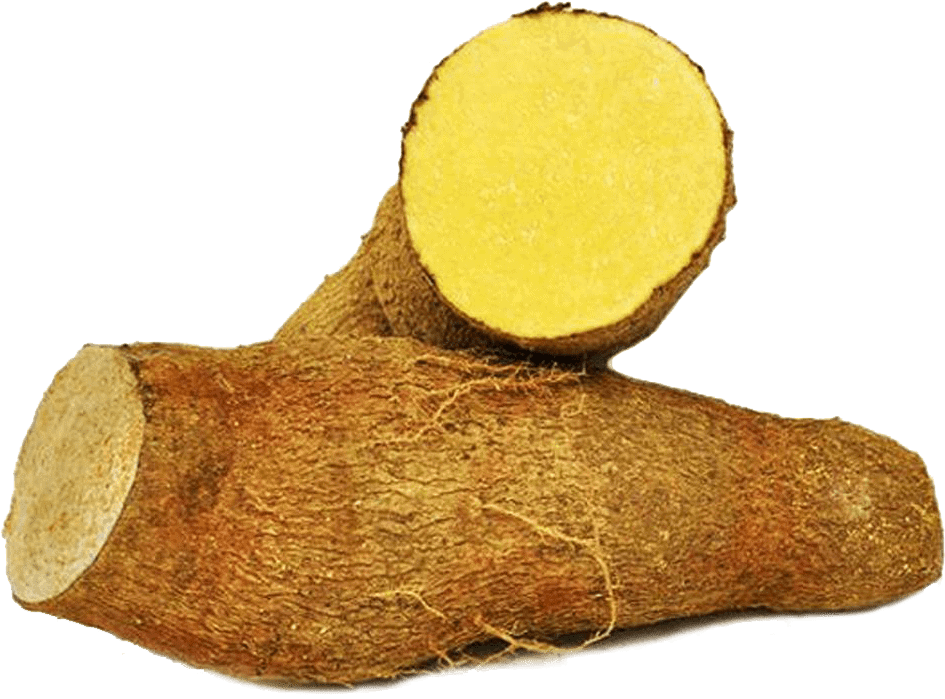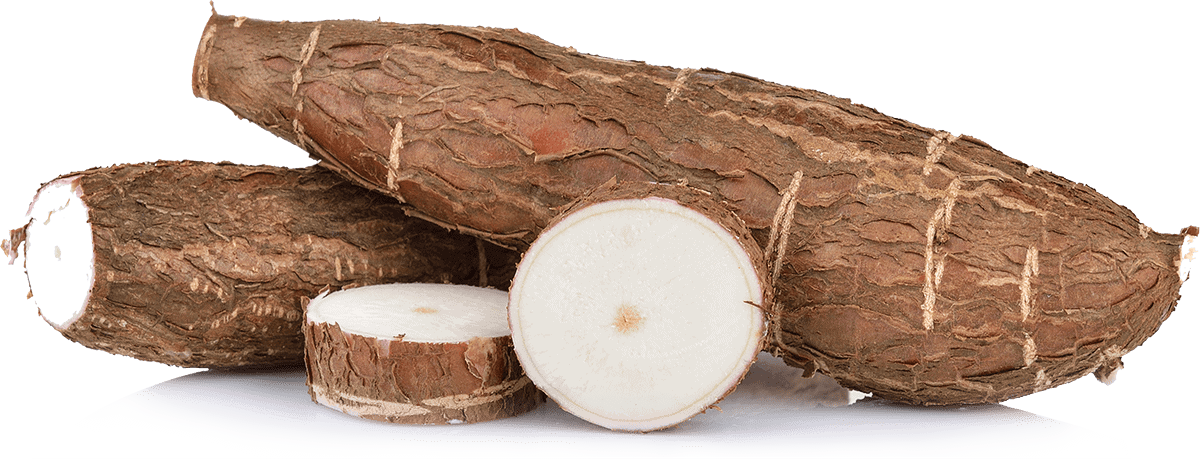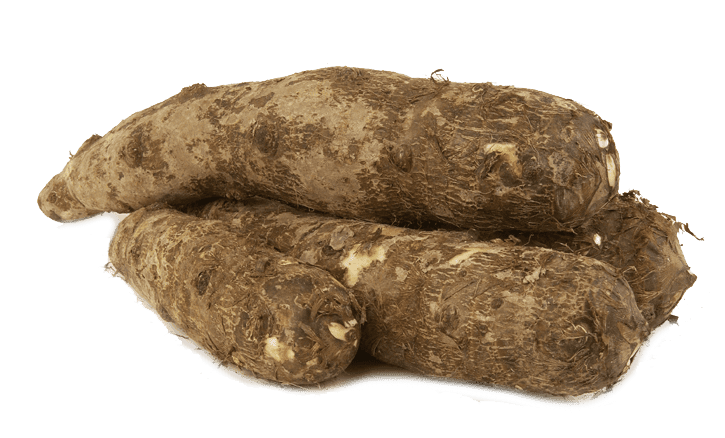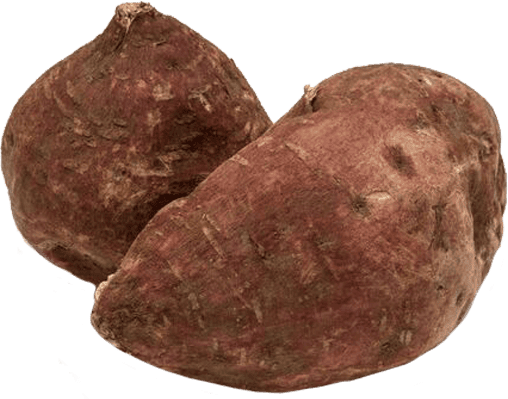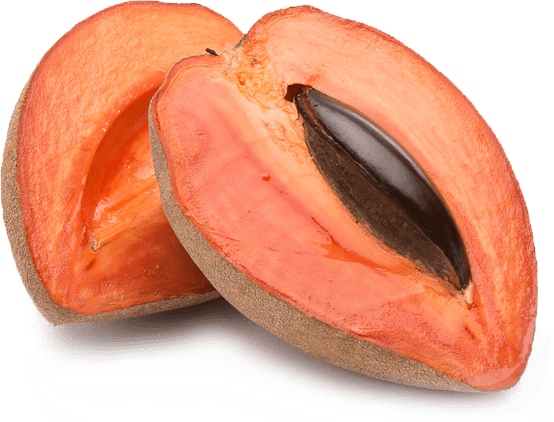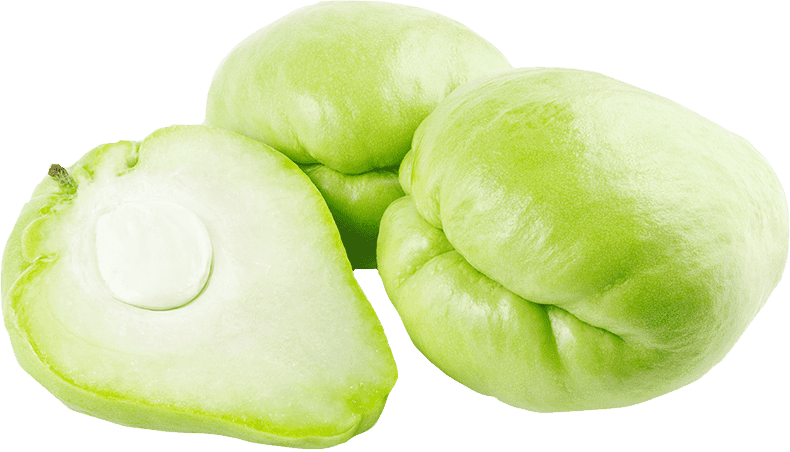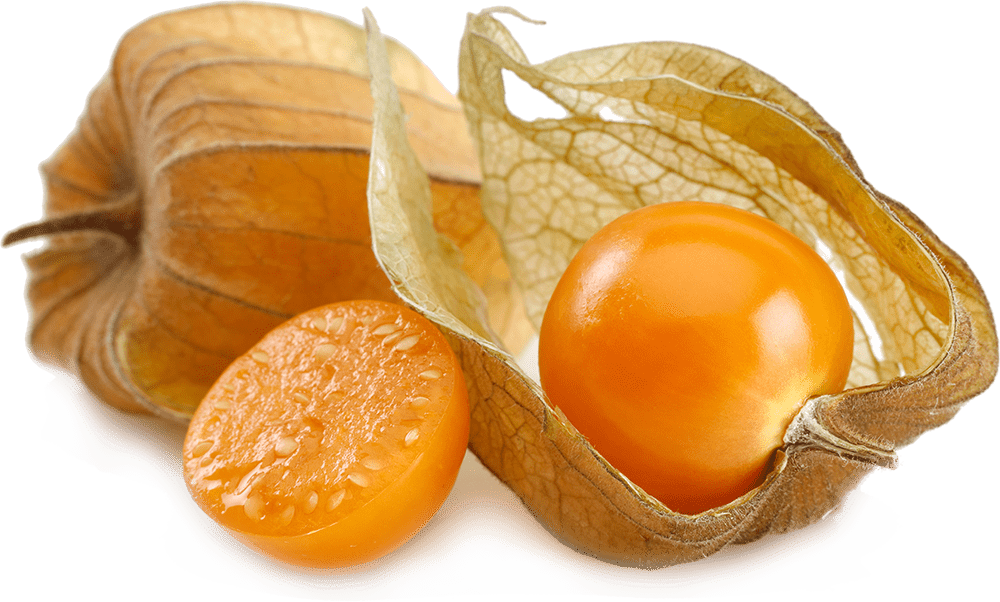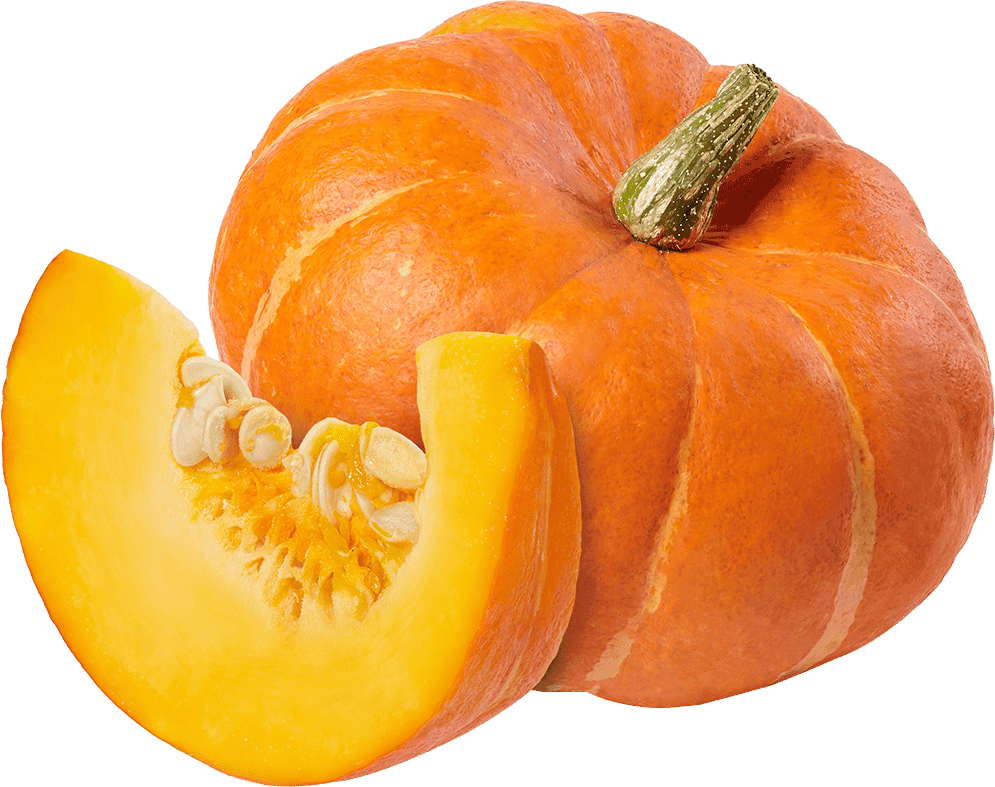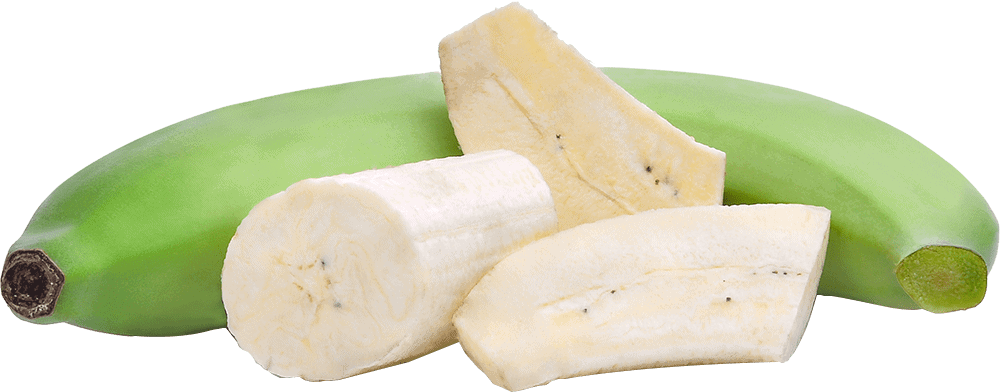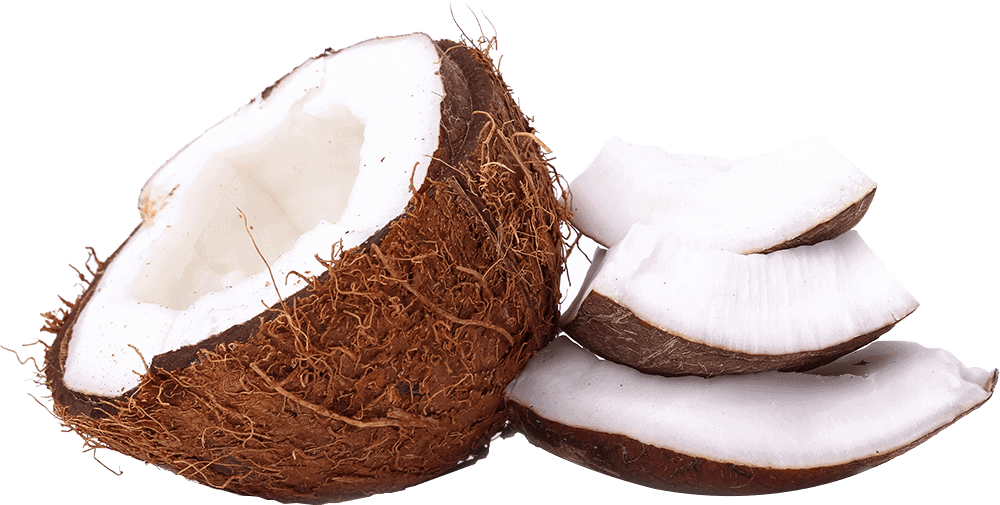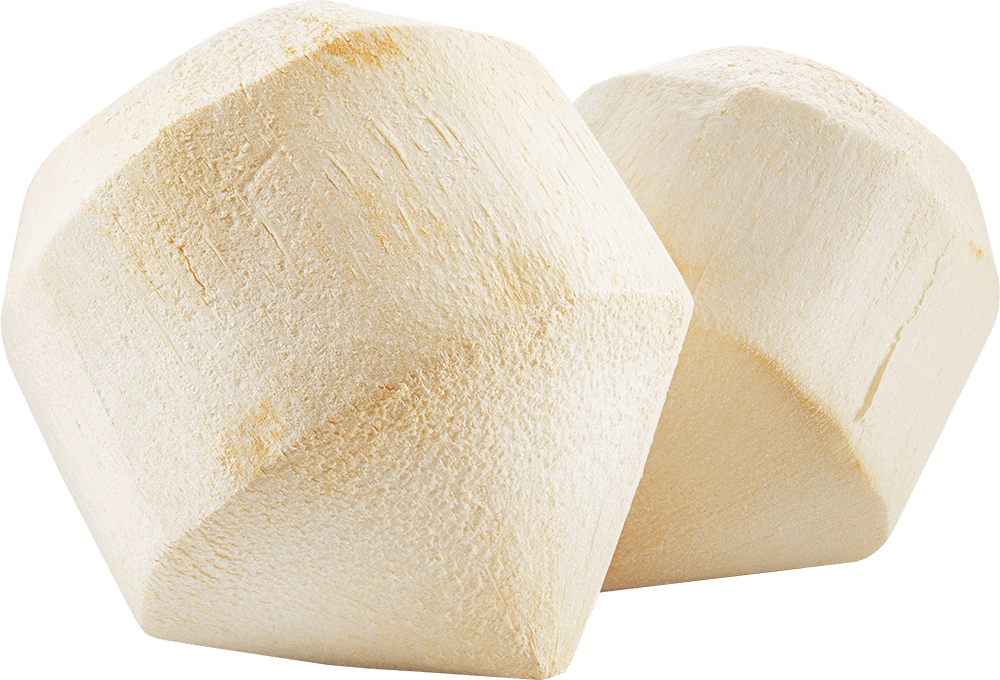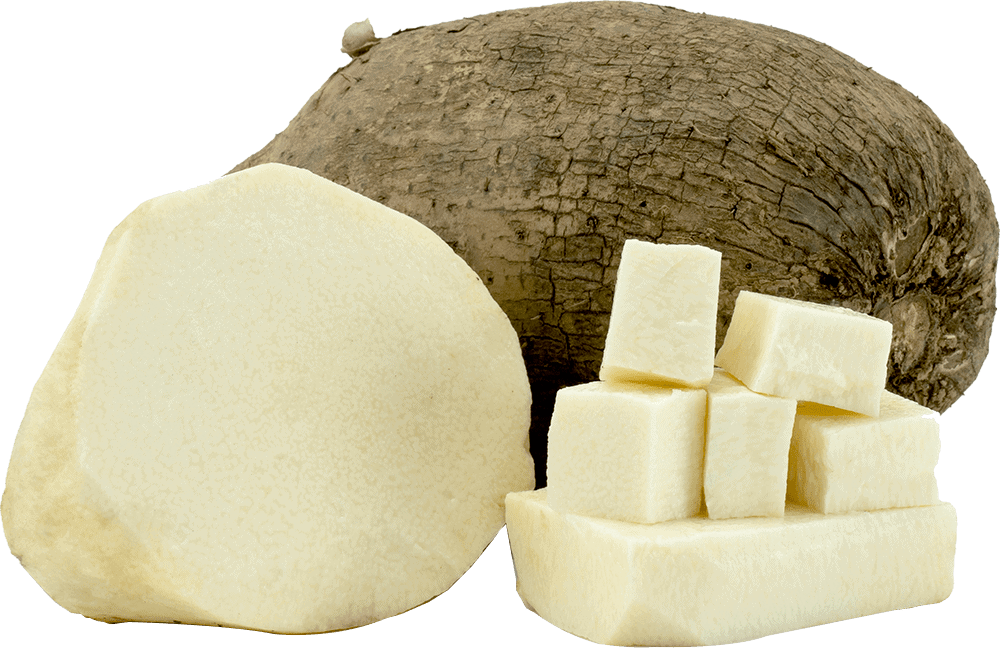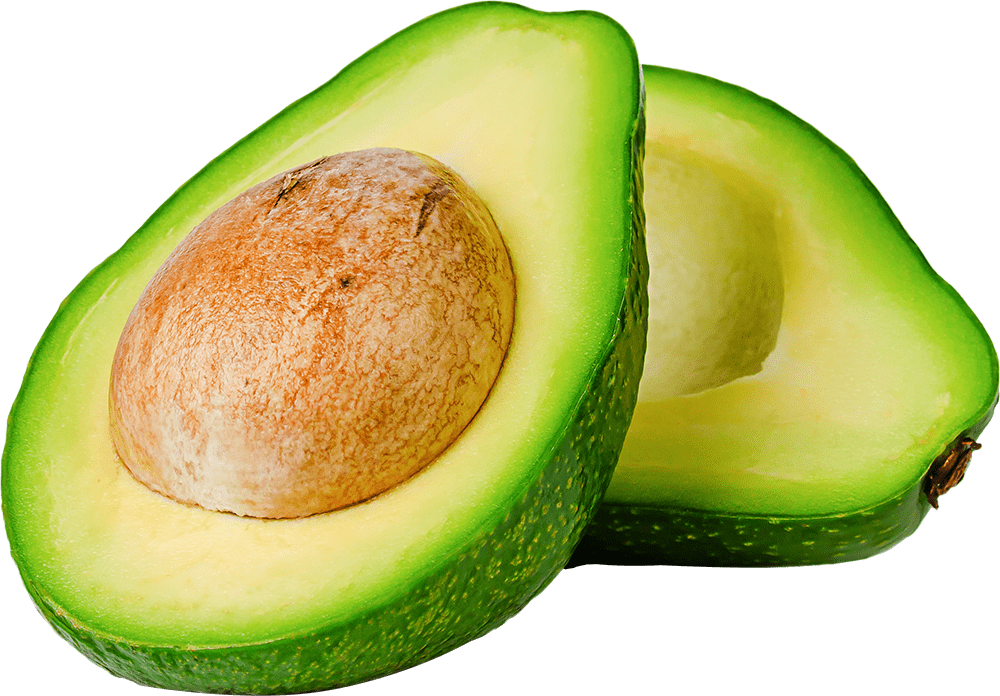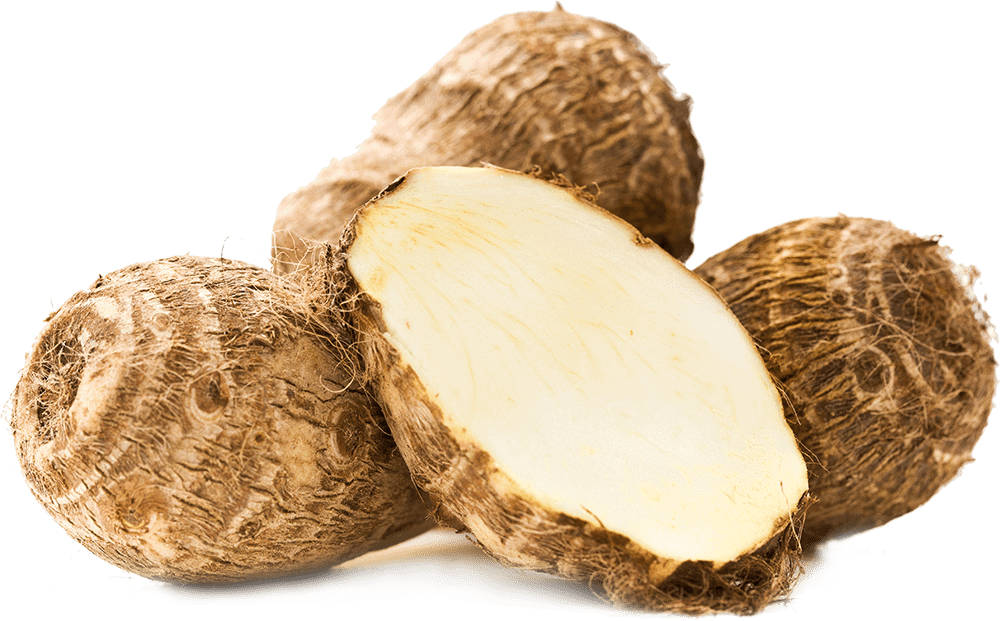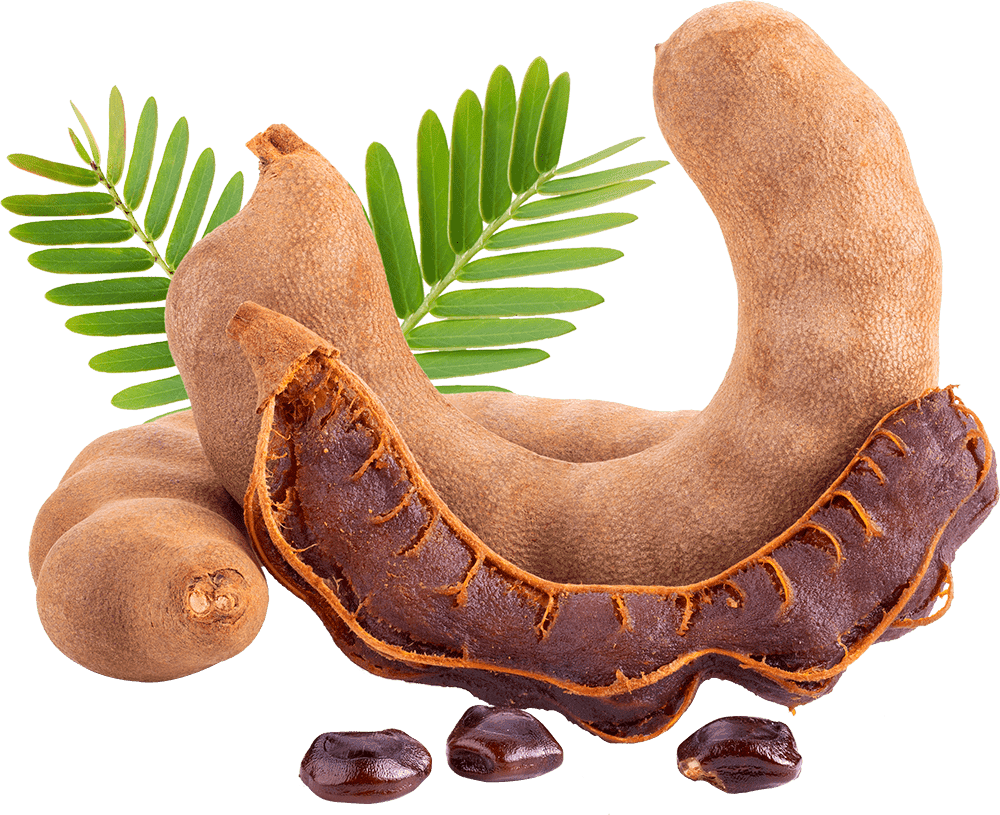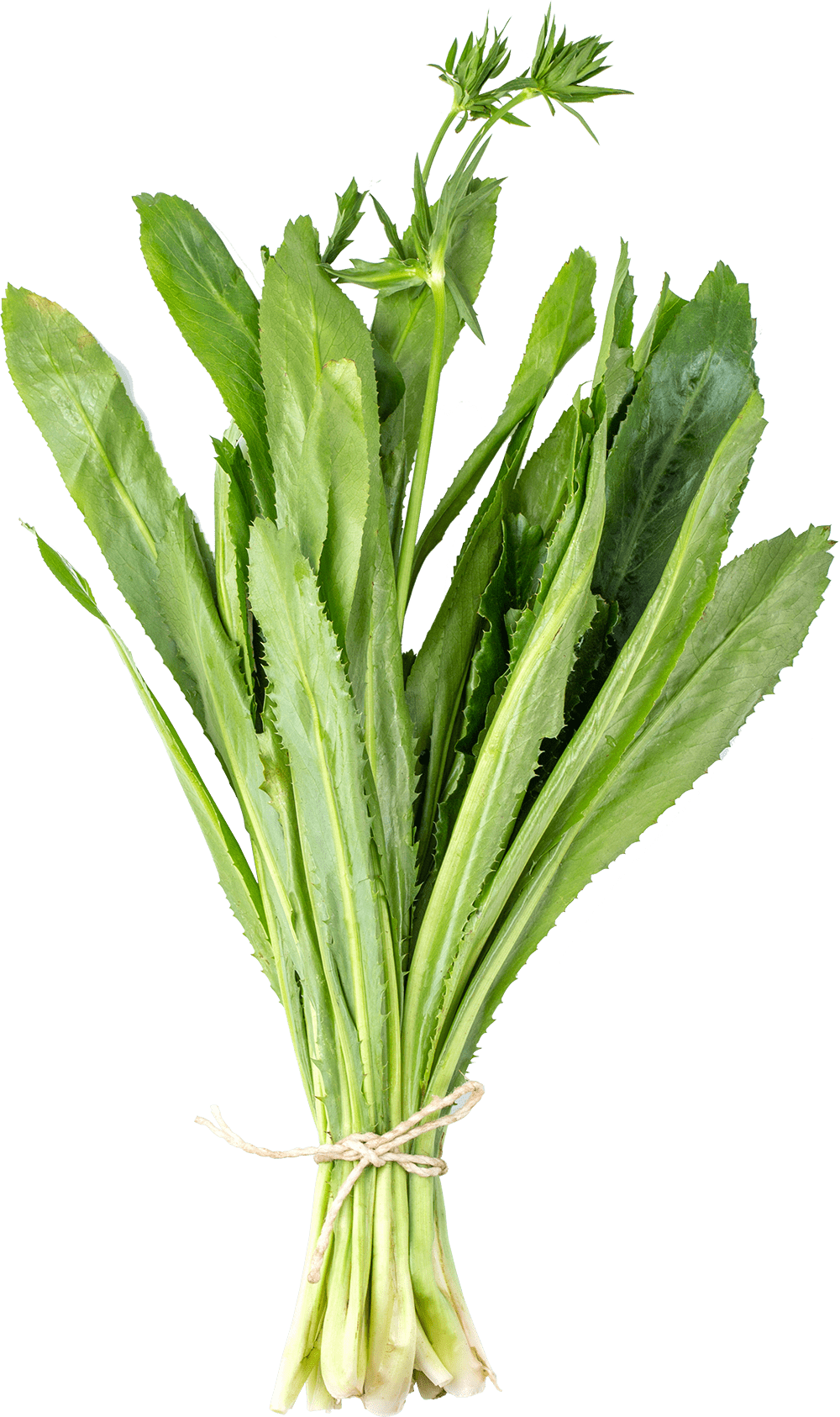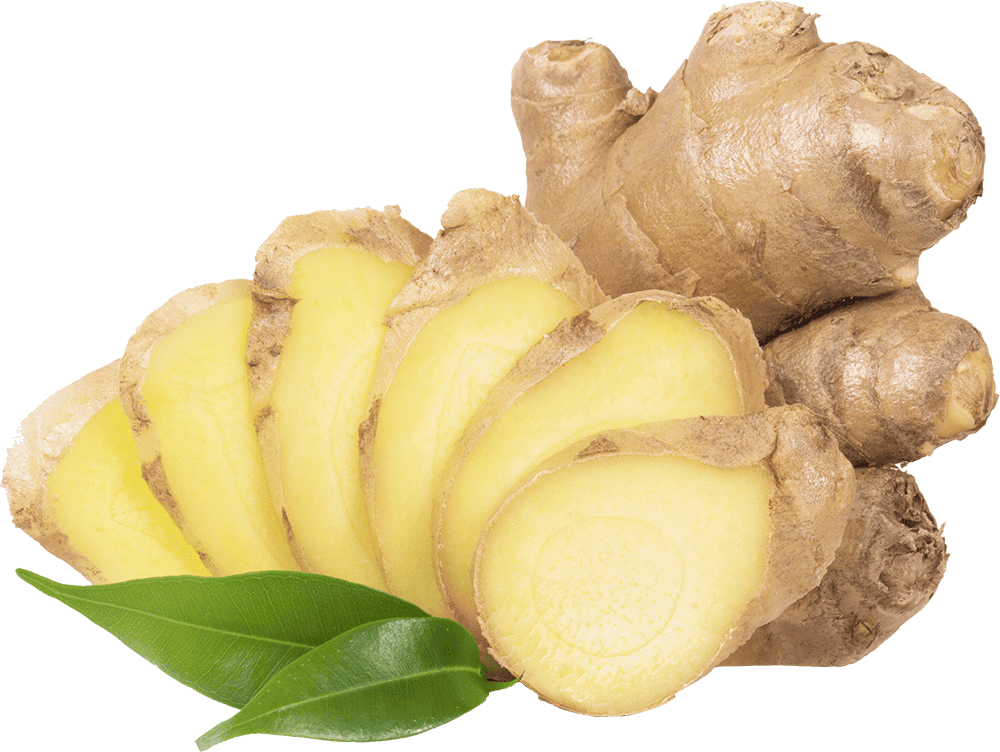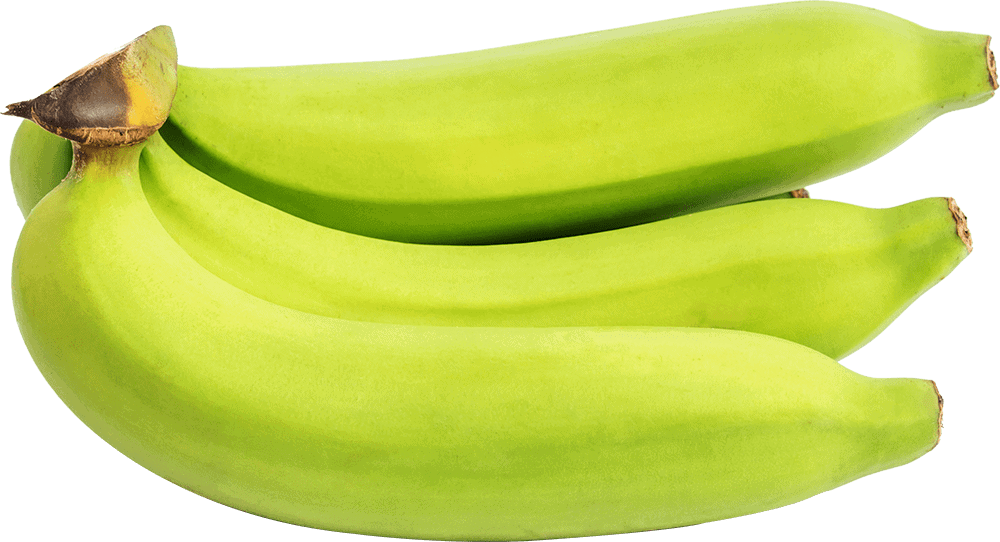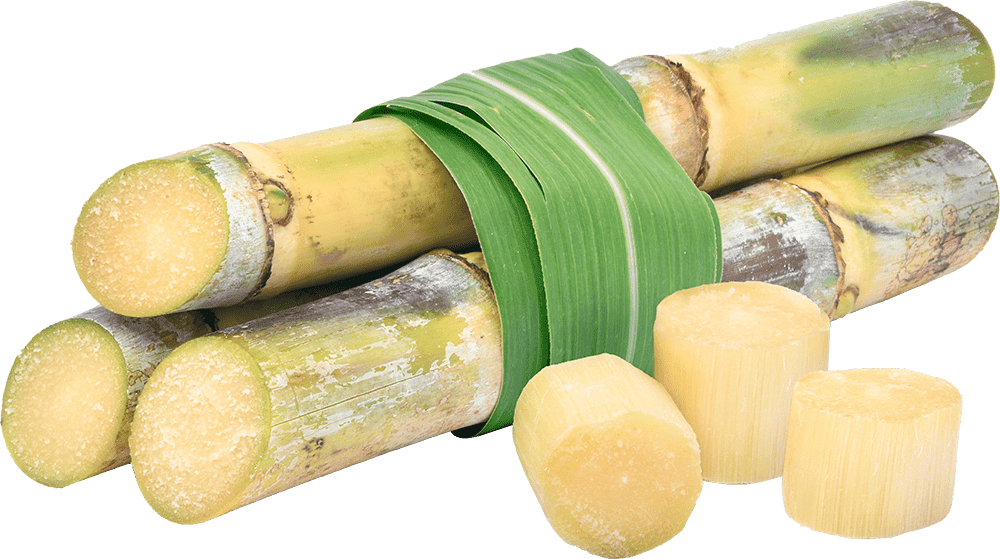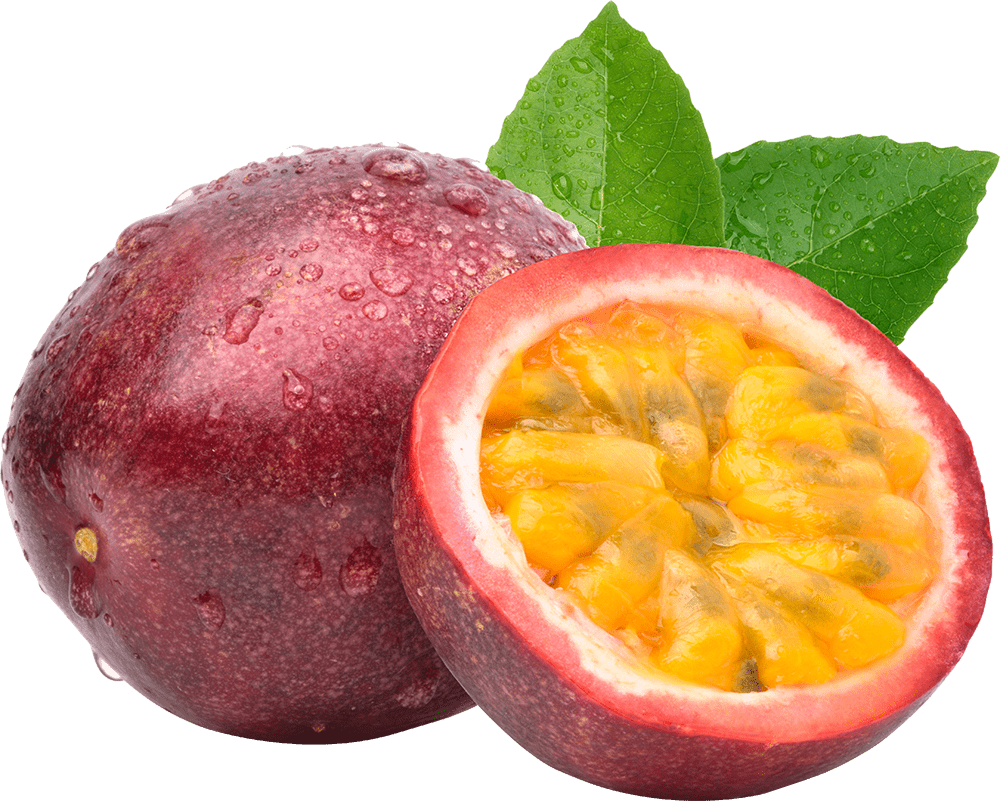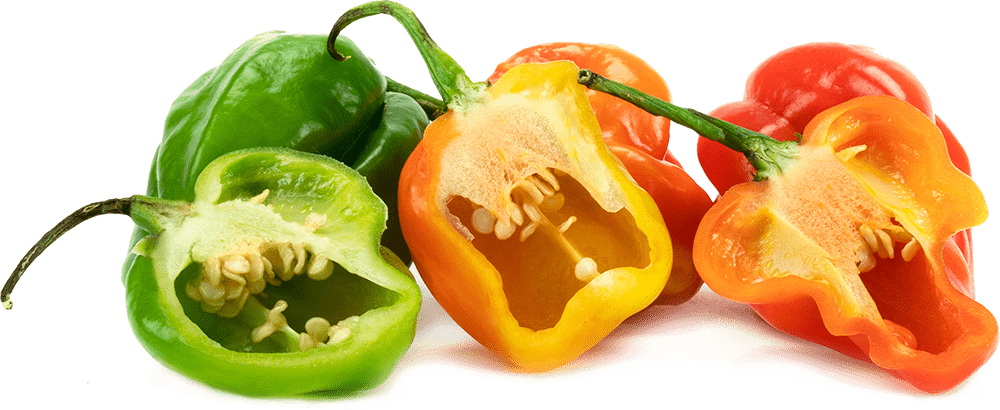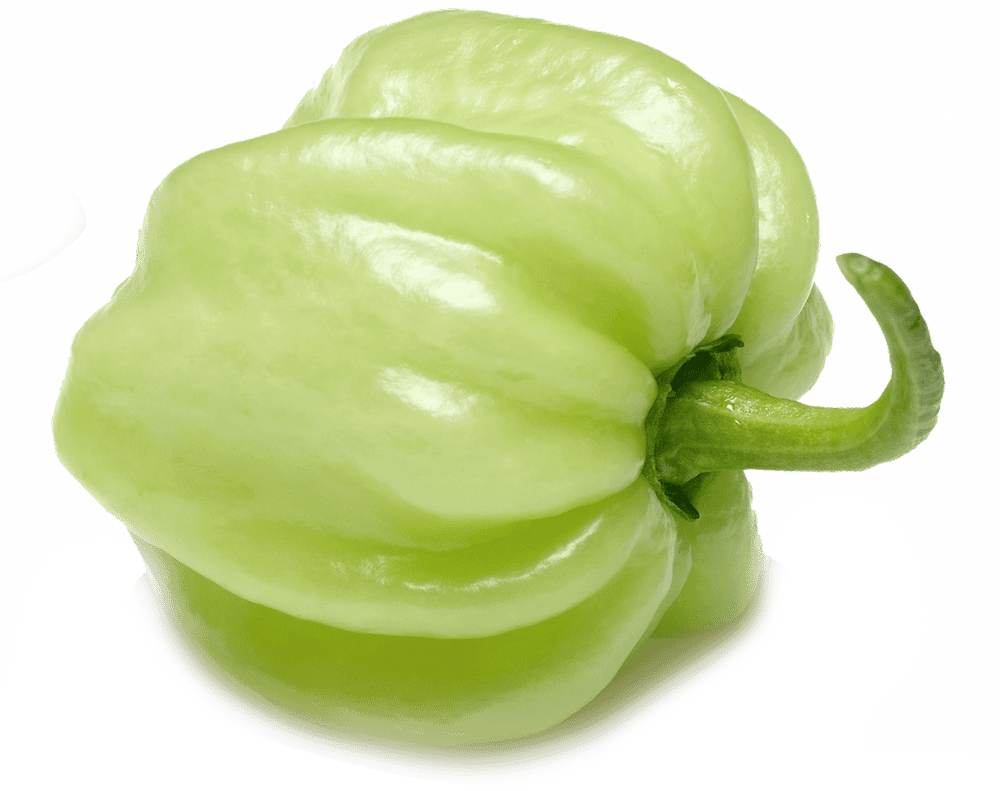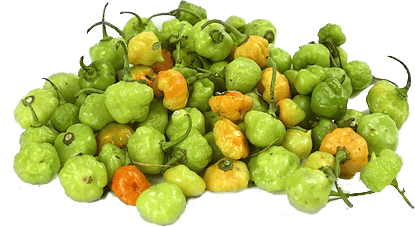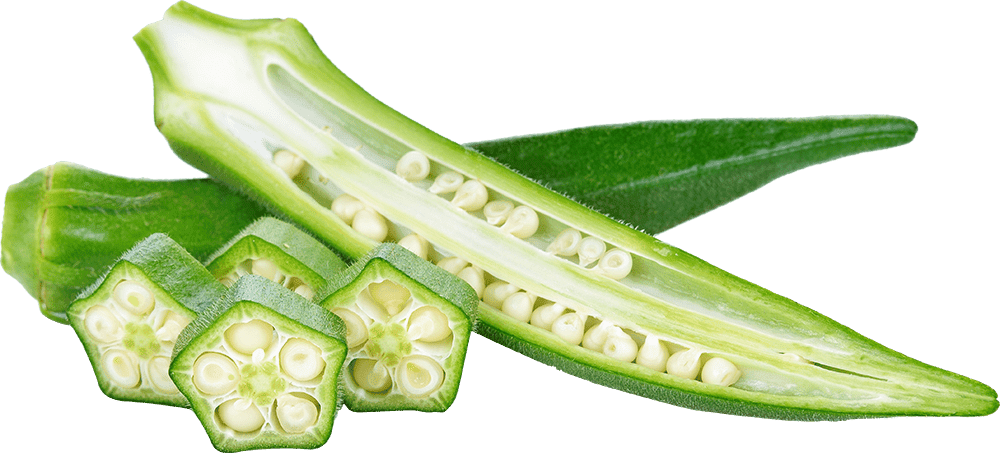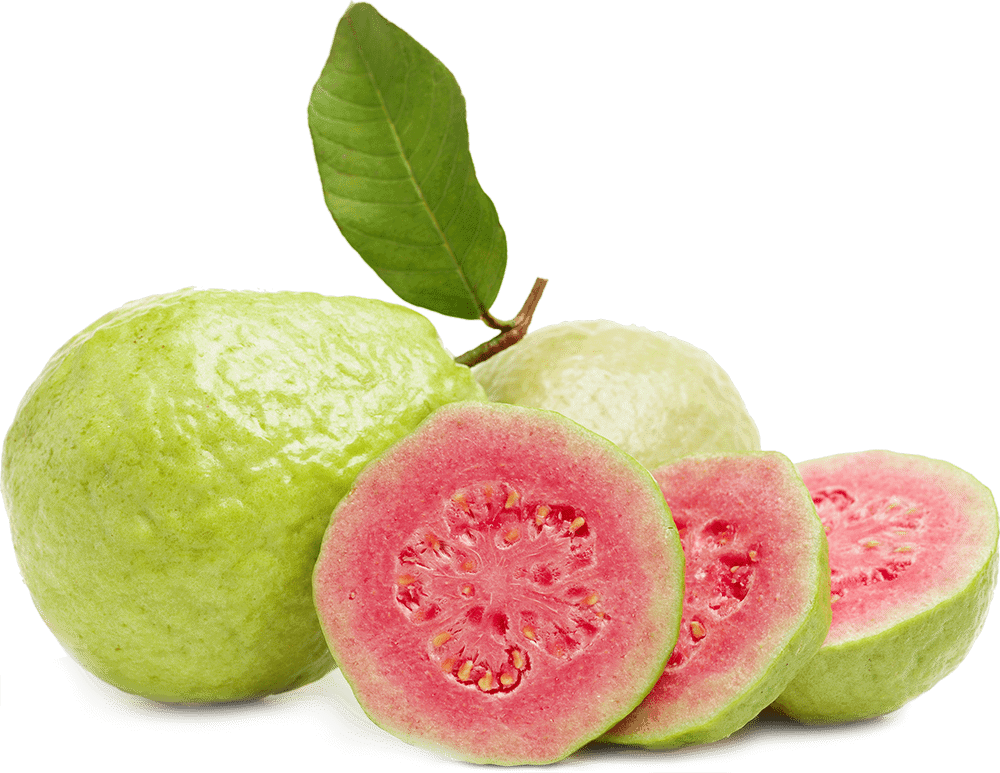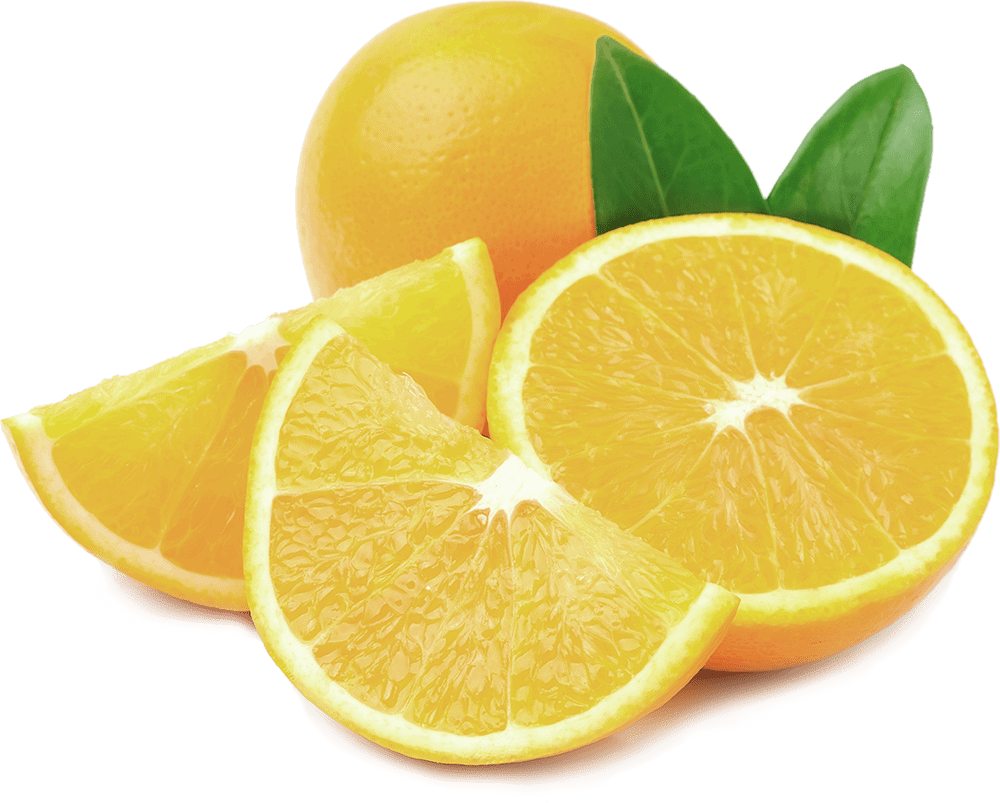Quenepas
Tangy and tropical, many Latin Americans know quenepas as mamoncillo, mamones, or Spanish limes. They grow in clusters of 12 or more fruits at the end of the branches of large green leafy trees. The thin skin is smooth, tough, and leathery with the occasional protrusion opposite the stem end. The flesh is referred to as the “aril” and can range in color from salmon-orange to pale yellow. It’s a delicious surprise revealed through peeling or biting into the fruit. Unripe mamoncillo can be sour and have a slightly ‘hairy’ texture. When mamoncillo is ripe, the pulp is sweetly acidic and can be compared to a cross between lime and lychee.
- Mamoncillo is most often eaten fresh, right out of the skin. Bite into or puncture the thin skin so it can be peeled back to expose the pulp.
- The best way to eat it is to pop the whole fruit into your mouth and suck the pulp from the seed.
- Peeled mamoncillo can be added to equal parts sugar and water and simmered to make a simple syrup used for desserts and drinks.
- In Puerto Rico, the fruits are soaked in rum and sugar to make a sweet alcoholic drink.
Because of its leathery skin, Mamoncillo will keep fresh for several weeks. Refrigeration is not necessary unless the peel is removed.
June – September
Dominican Republic
- Good source of Vitamin A
- The small fruits also contain tryptophan, which helps produce serotonin
- Mamoncillo also contains phenolic compounds
- The fruit pulp has been used to support the digestive system in the Caribbean
Serving Size: 1 cup
Calories: 30
Trending right now
Exotic is exciting… try one of these unique products for an inspiring new food experience.



